Wolf cichlid - Parachromis dovii
Scientific name: Parachromis dovii
Common name: Wolf cichlid
Family: Cichlidae
Usual size in fish tanks: 40 - 70 cm (15.75 - 27.56 inch)
014
Recommended pH range: 7 - 8
Recommended water hardness: 12 - 18°N (214.29 - 321.43ppm)
0°C 32°F30°C 86°F
Recommended temperature range: 24 - 28 °C (75.2 - 82.4°F)
The way how these fish reproduce: Spawning
Where the species comes from: Central America
Temperament to its own species: aggressive/territorial
Temperament toward other fish species: aggressive/territorial
Usual place in the tank: Middle levels
Overview
The Wolf Cichlid (Parachromis dovii) is a large, powerful, and highly aggressive species native to Central America. Known for their impressive size and fierce temperament, these cichlids are best suited for experienced aquarists with large aquariums. Their striking coloration and bold behavior make them a standout centerpiece in any tank.
Origin and Natural Habitat
Native to the freshwater lakes and rivers of Honduras, Nicaragua, and Costa Rica, the Wolf Cichlid thrives in warm, slow-moving waters with plenty of hiding spots and territories. In the wild, they are top predators, known for their hunting prowess and dominance.
Appearance and Size
Wolf Cichlids can grow between 40 - 70 cm (15.75 - 27.56 inches) in home aquariums, making them one of the largest cichlid species available. Males tend to be larger and more colorful, with extended fins and distinctive black spots on their heads. Females typically display a more yellowish background color without these spots.
Tank Requirements
- Tank Size: A minimum of 500 liters (132 gallons) is recommended, though larger tanks are preferred due to their size and territorial nature.
- Water Parameters:
- pH: 7.0 - 8.0
- Water Hardness: 12 - 18°N (214 - 321 ppm)
- Temperature: 24 - 28°C (75.2 - 82.4°F)
- Tank Setup: Provide plenty of rocks, caves, and hiding spots to establish territories. Use a strong filtration system to handle the significant waste produced by these fish. Regular water changes are crucial to maintaining water quality.
Temperament and Tank Mates
Wolf Cichlids are extremely aggressive and territorial toward both their own species and other fish. They are best kept alone or with similarly sized, robust fish that can withstand their aggression, such as large catfish or other large cichlids with caution. Avoid housing them with smaller or more peaceful species, as they will likely be attacked or eaten.
Feeding and Diet
Wolf Cichlids are carnivorous predators that require a protein-rich diet:
- Initially, they may only accept live foods, but they can be trained to eat other options.
- Feed them high-quality cichlid pellets, beef heart, and occasional treats like brine shrimp or mysis shrimp.
- Avoid feeding feeder fish like young goldfish, as they can introduce diseases into the tank.
- Do not overfeed, as they are prone to obesity and water quality issues due to excess waste.
Sexing
Males are typically larger with extended fins and black dots on their heads. Females lack these dots and have a more yellowish body coloration. Observing their behavior during breeding can also help in identifying sexes.
Breeding
Breeding Wolf Cichlids can be challenging due to their aggressive nature:
- They reach sexual maturity at around 5 inches (12.7 cm) in length.
- They may spawn on flat surfaces or in caves, depending on individual preference.
- Females can lay up to 1,500 eggs in a single batch, which hatch after about 5 days.
- The fry become free-swimming a few days later and can be fed on brine shrimp.
- Be prepared to separate larger fry from smaller ones, as cannibalism can occur among developing fry.
Lifespan
With proper care, Wolf Cichlids can live up to 15 years in captivity, offering a long-term, rewarding experience for dedicated aquarists.
Conclusion
The Wolf Cichlid (Parachromis dovii) is a fascinating yet demanding species, known for its size, strength, and aggression. While not suitable for community tanks or novice aquarists, experienced fish keepers can appreciate their vibrant colors and unique behaviors. With the right care, environment, and respect for their territorial nature, these impressive cichlids can become the centerpiece of any large aquarium.
Pictures
Bought by aqua-fish.net from jjphoto.dk.
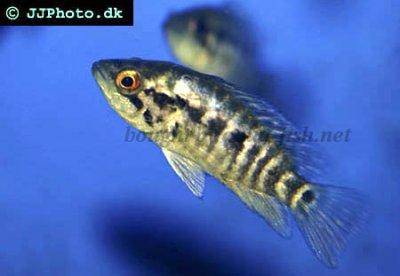


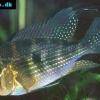 Thread-finned
Thread-finned 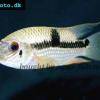 Acara
Acara 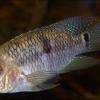 Yellow
Yellow 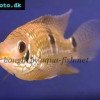 Patrick's
Patrick's 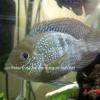 Blue
Blue 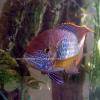 Green
Green 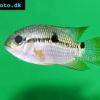 Acara
Acara 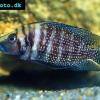 White
White 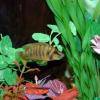 Compressed
Compressed 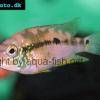 Pastel
Pastel 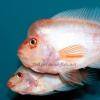 Midas
Midas 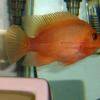 Red
Red 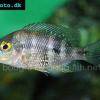 Bluemouth
Bluemouth 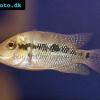 False
False 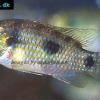 African
African 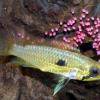 Agassiz's
Agassiz's 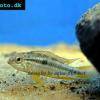 Banded
Banded  Yellow
Yellow 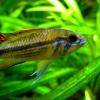 Cockatoo
Cockatoo 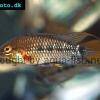 Blue
Blue 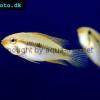 Blackstripe
Blackstripe 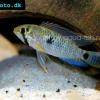 Highfin
Highfin 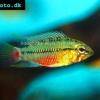 Redstripe
Redstripe 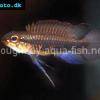 Threadfinned
Threadfinned 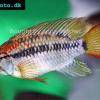 Macmaster’s
Macmaster’s 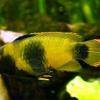 Panda
Panda 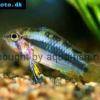 Norbert’s
Norbert’s 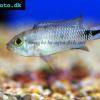 Blue
Blue 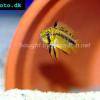 Thin-line
Thin-line 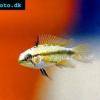 Three-striped
Three-striped 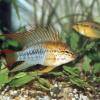 Viejita
Viejita 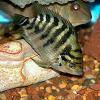 Flier
Flier 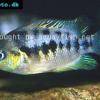 Archocentrus
Archocentrus 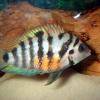 Convict
Convict 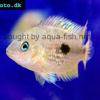 Seven
Seven 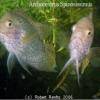 Spiny
Spiny 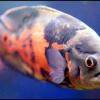 Oscar
Oscar 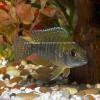 Sunshine
Sunshine 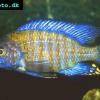 Chitande
Chitande  Firebird
Firebird 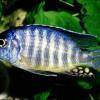 Midnight
Midnight 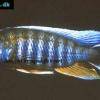 Lake
Lake 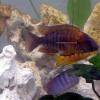 Sunshine
Sunshine 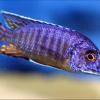 Aulonocara
Aulonocara 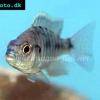 Nyasa
Nyasa 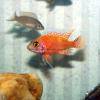 Ruby
Ruby 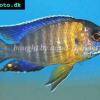 Grants
Grants 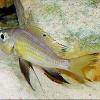 Aulonocranus
Aulonocranus 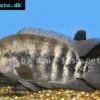 Chameleon
Chameleon 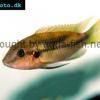 Benitochromis
Benitochromis 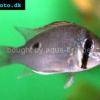 Orinoco
Orinoco 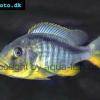 Yellow
Yellow 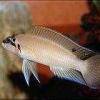 Brichard’s
Brichard’s 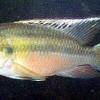 Guenther’s
Guenther’s 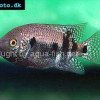 Southern
Southern 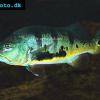 Cichla
Cichla 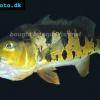 Peacock
Peacock 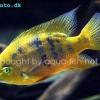 Chiseltooth
Chiseltooth 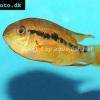 Bolivian
Bolivian 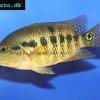 Red
Red 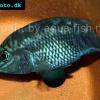 Many-pointed
Many-pointed 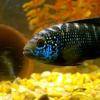 Jack
Jack 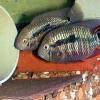 Red
Red 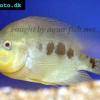 Three
Three 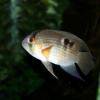 Keyhole
Keyhole 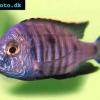 Azureus
Azureus 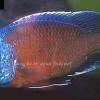 Red
Red 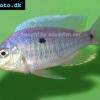 Jackson’s
Jackson’s 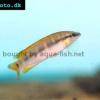 Crenicichla
Crenicichla 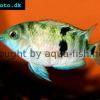 Honduran
Honduran  Blue-eye
Blue-eye 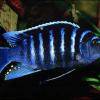 Afra
Afra 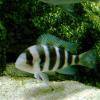 Frontosa
Frontosa 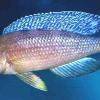 Slender
Slender 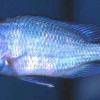 Malawi
Malawi 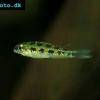 Chequerboard
Chequerboard 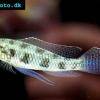 Checkerboard
Checkerboard 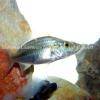 Malawi
Malawi 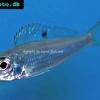 Ectodus
Ectodus 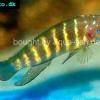 Tanganyika
Tanganyika 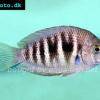 Canara
Canara 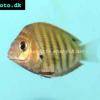 Green
Green 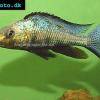 Rostratus
Rostratus 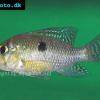 Pearl
Pearl 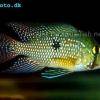 Geophagus
Geophagus 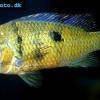 Yellowhump
Yellowhump 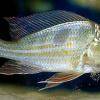 Suriname
Suriname 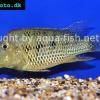 Redhump
Redhump 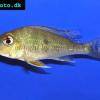 Red
Red 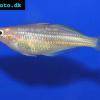 Dority’s
Dority’s 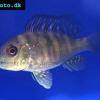 Argentine
Argentine 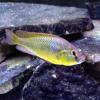 Burton’s
Burton’s 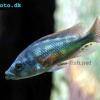 Victoria
Victoria  Haplochromis
Haplochromis 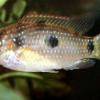 Jewel
Jewel 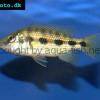 Banded
Banded 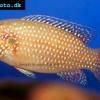 Lifalili
Lifalili 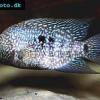 Lowland
Lowland 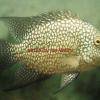 Texas
Texas 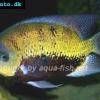 Pantano
Pantano 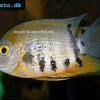 Severum
Severum 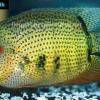 Banded
Banded 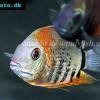 Severum
Severum 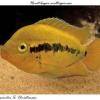 Rainbow
Rainbow 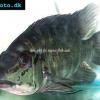 Parrot
Parrot 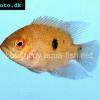 Chocolate
Chocolate 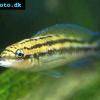 Brown
Brown 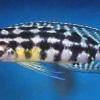 Marlieri
Marlieri 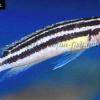 Golden
Golden 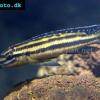 Striped
Striped 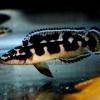 Masked
Masked 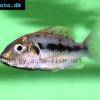 Konye
Konye 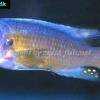 Blue
Blue 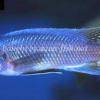 Trewavas
Trewavas 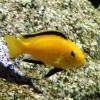 Electric
Electric 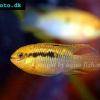 Dwarf
Dwarf  Redbreast
Redbreast 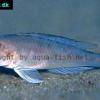 Lamprologus
Lamprologus 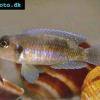 Gold
Gold 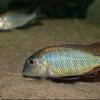 Greenface
Greenface 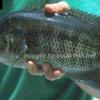 Mayan
Mayan 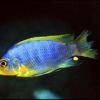 Aurora
Aurora 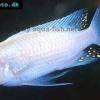 Blue
Blue 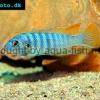 William’s
William’s 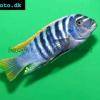 Zebra
Zebra 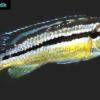 Malawi
Malawi 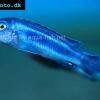 Blue
Blue 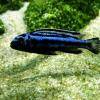 Blue
Blue 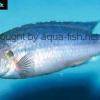 Mbuna
Mbuna 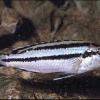 Parallel
Parallel 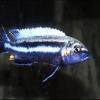 Purple
Purple 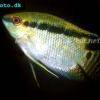 Flag
Flag 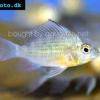 Bolivian
Bolivian 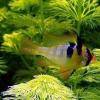 Ram
Ram 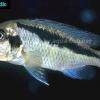 Basket
Basket 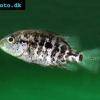 Haitian
Haitian 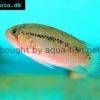 Zebra
Zebra  Striped
Striped 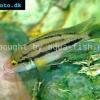 Neolamprologus
Neolamprologus 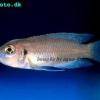 Brevis
Brevis 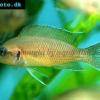 Fairy
Fairy 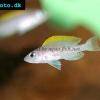 Neolamprologus
Neolamprologus 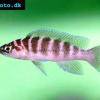 Cylindricus
Cylindricus 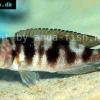 Hecq’s
Hecq’s 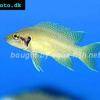 Neolamprologus
Neolamprologus 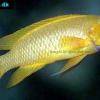 Lemon
Lemon 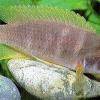 Mustax
Mustax 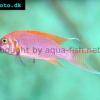 Daffodil
Daffodil 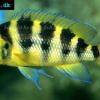 Six-bar
Six-bar 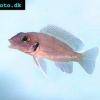 Five-bar
Five-bar 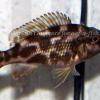 Marbled
Marbled 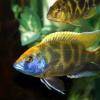 Giraffe
Giraffe 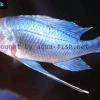 Blue
Blue 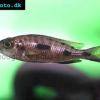 Sulphurhead
Sulphurhead 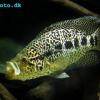 Jaguar
Jaguar 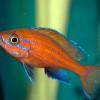 Blue
Blue 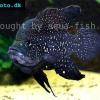 Marakeli
Marakeli 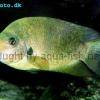 Madagascar
Madagascar 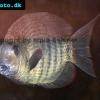 Pinstripe
Pinstripe 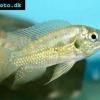 Pelmatochromis
Pelmatochromis 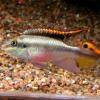 Kribensis
Kribensis 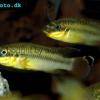 Striped
Striped  Red
Red 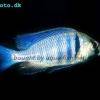 Deepwater
Deepwater 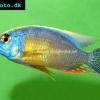 Fenestratus
Fenestratus 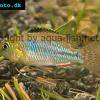 Nichols’
Nichols’ 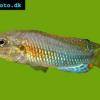 Southern
Southern 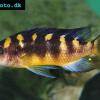 Bumble
Bumble 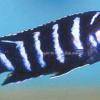 Demason’s
Demason’s  Slender
Slender 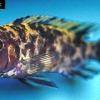 Red
Red 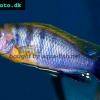 Mbuna
Mbuna 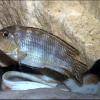 Malawi
Malawi 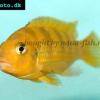 Kenyi
Kenyi 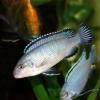 Powder
Powder 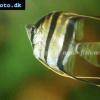 Altum
Altum 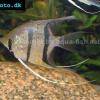 Angelfish
Angelfish  Angelfish
Angelfish 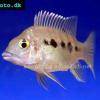 East
East 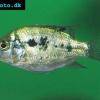 Juba
Juba 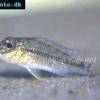 Earth
Earth 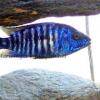 Electric
Electric 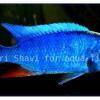 Azure
Azure  Lionhead
Lionhead 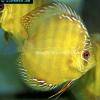 Discus
Discus 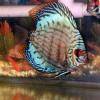 Blue
Blue 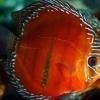 Red
Red 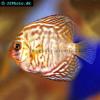 Zebra
Zebra 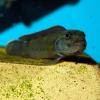 Brichard’s
Brichard’s 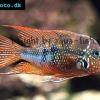 Blue
Blue 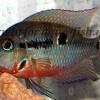 Firemouth
Firemouth 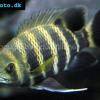 Zebra
Zebra 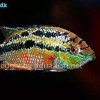 Yellow
Yellow 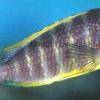 Blue
Blue 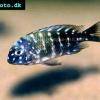 Dwarf
Dwarf  Blunthead
Blunthead 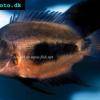 The
The 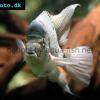 White
White 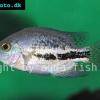 Twoband
Twoband 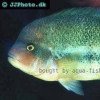 Fenestratus
Fenestratus 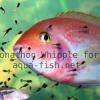 Window
Window 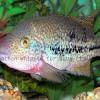 Tailbar
Tailbar 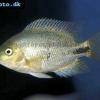 Black
Black  Redhead
Redhead 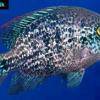 Oaxaca
Oaxaca 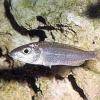 Xenotilapia
Xenotilapia